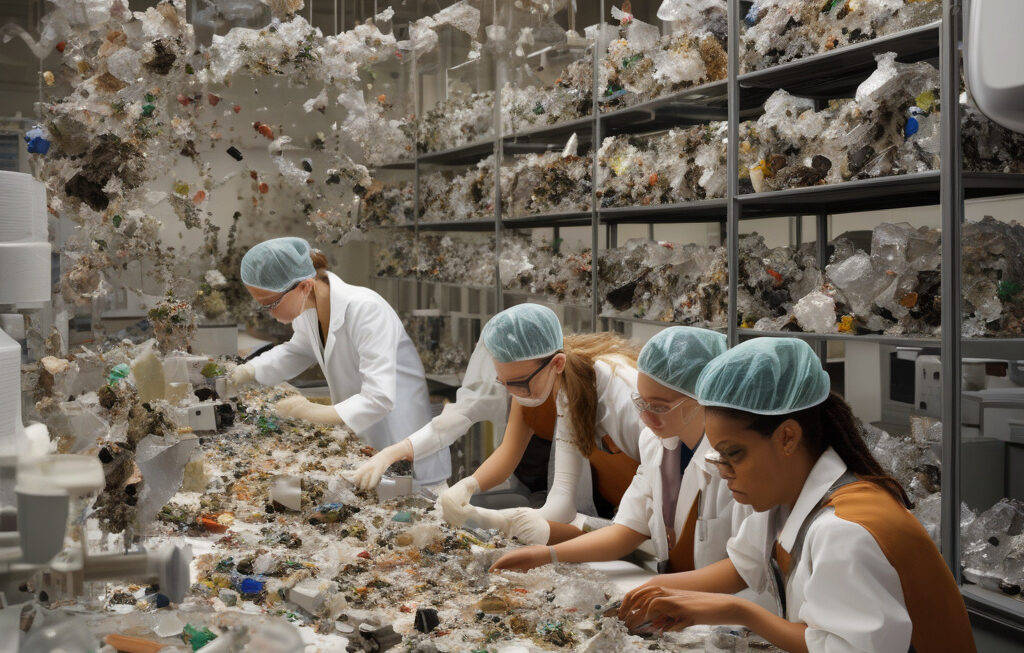From Trash to Treasure: How Scientists are Revolutionizing Battery Technology with Recycled Plastic
Thanks to science, the materials currently causing pollution can be converted to create a more sustainable future. One groundbreaking innovation in this field is the transformation of plastic trash into new materials that can significantly boost battery power and lifespan. This revolutionary approach not only addresses the global plastic waste crisis but also offers a promising solution to enhance energy storage technologies.
Plastic pollution has become a pressing environmental issue, with millions of tons of plastic waste entering landfills and oceans every year. Traditional plastic disposal methods often result in long-lasting environmental damage and contribute to the depletion of natural resources. However, scientists have now found a way to harness the potential of plastic waste by converting it into high-performance materials for batteries.
By chemically modifying plastic polymers, researchers can create carbon-based materials that exhibit excellent electrical conductivity and stability. These upcycled materials can then be integrated into battery electrodes, improving their overall performance and longevity. The incorporation of plastic-derived components not only enhances the energy storage capacity of batteries but also reduces their environmental impact by repurposing waste materials.
One of the key advantages of using plastic-derived materials in batteries is their cost-effectiveness. Unlike conventional battery components that rely on scarce and expensive resources, recycled plastic offers a more sustainable and affordable alternative. By utilizing abundant plastic waste streams, researchers can develop cost-efficient battery technologies that are accessible to a wider range of industries and consumers.
Moreover, the integration of plastic-derived materials into batteries contributes to the circular economy model, where resources are reused and recycled to minimize waste and promote sustainability. By closing the loop on plastic production and disposal, scientists are paving the way for a more circular approach to energy storage that aligns with environmental conservation goals.
In addition to environmental benefits, the use of plastic-derived materials in batteries has significant implications for energy storage applications. The enhanced performance characteristics of these materials result in batteries that can deliver higher capacities, faster charging rates, and longer cycle lives. This translates to extended battery runtime, increased efficiency, and improved reliability across various devices and industries.
Furthermore, the versatility of plastic-derived materials allows for customization and optimization of battery designs to meet specific performance requirements. Whether it is for consumer electronics, electric vehicles, renewable energy systems, or grid-level storage solutions, recycled plastic offers a flexible and scalable approach to enhancing battery power and life.
As the demand for energy storage continues to grow in tandem with the transition to renewable energy sources, the development of sustainable battery technologies will play a crucial role in shaping the future of clean energy. By repurposing plastic waste into high-performance materials for batteries, scientists are not only mitigating environmental harm but also driving innovation in energy storage systems.
In conclusion, the transformation of plastic trash into new materials to boost battery power and life represents a promising advancement in sustainable technology. By harnessing the potential of recycled plastic, scientists are paving the way for a more environmentally friendly and efficient approach to energy storage. This innovative solution highlights the power of science to turn challenges into opportunities and underscores the importance of creative thinking in addressing complex global issues.
plastic, recycling, battery technology, sustainability, innovation












